Ovitz’s Student Entrepreneurs: Rise to Top with Their EyeProfiler
When Joung Yoon (Felix) Kim ’14 looked for team members to help him launch his company, he did what many savvy CEOs do: He looked for people “smarter than I…

Medical Center joins NIH network to fight arthritis, lupus
The National Institutes of Health has invited the Medical Center to join the NIH Accelerating Medicines Partnership in Rheumatoid Arthritis and Lupus Network. Made up of 11 research groups from around the country, its aim is to develop new treatments for patients with the conditions.
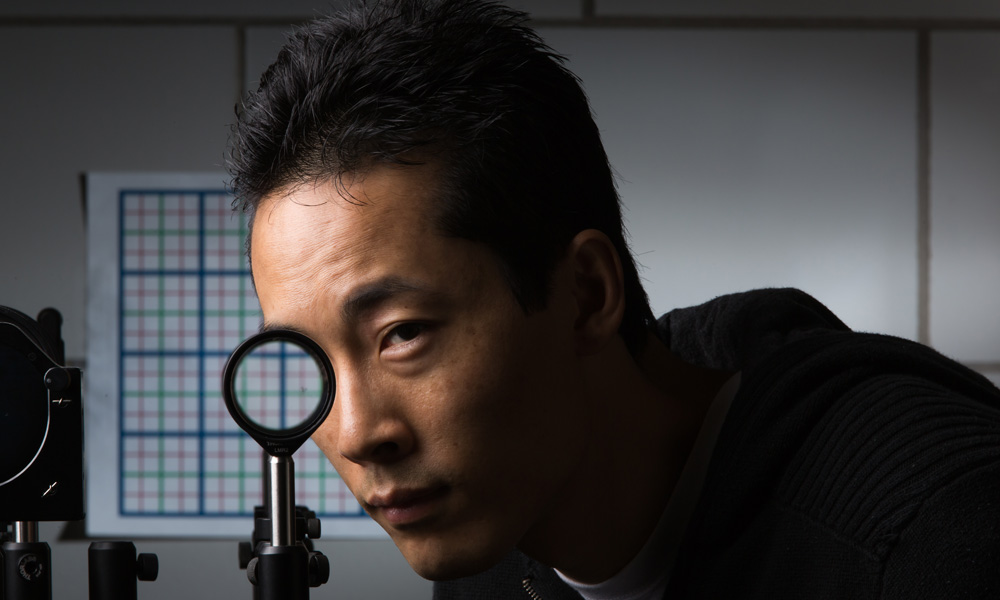
Invisibility cloaking device hides objects across range of angles
Scientists have recently developed several ways—some simple and some involving new technologies—to hide objects from view. The latest effort, developed by physics professor John Howell and graduate student Joseph Choi, not only overcomes some limitations of previous devices, but uses inexpensive, readily available materials in a new way. “This is the first device that we know of that can do three-dimensional, continuously multidirectional cloaking,” said Choi.
Fund taps promising new technologies
UR Ventures has awarded three new Technology Development Fund (TDF) grants to projects in the fields of infectious disease, diabetes, and neuromedicine. Paul Dunman, Ph.D., with the Department of Microbiology…
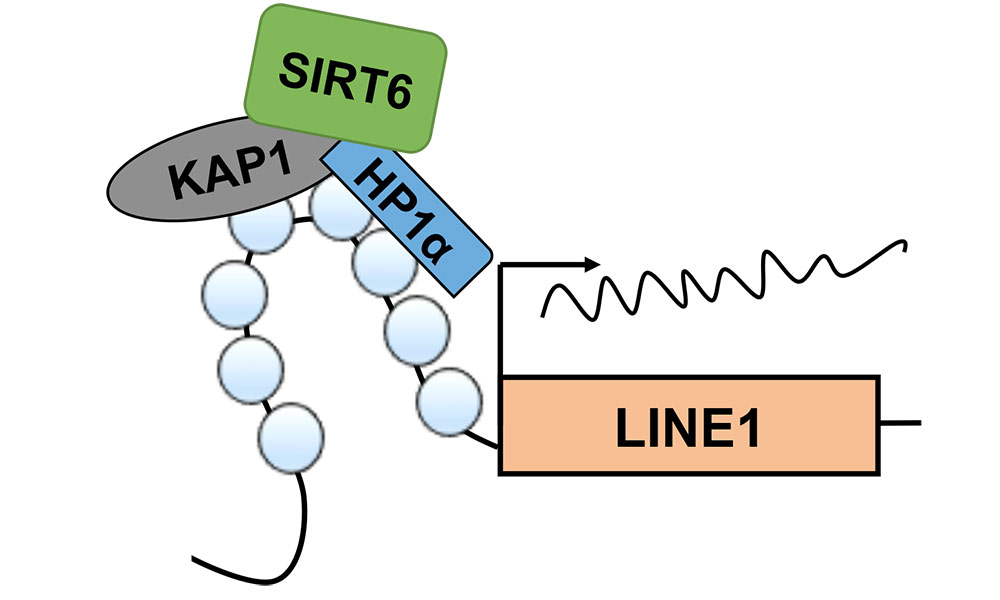
Parasitic DNA stops “jumping” when protein takes charge
Biology researchers Vera Gorbunova and Andrei Seluanov report that the “jumping genes” in mice become active as the mice age when a multi-function protein stops keeping them in check in order to take on another role. A protein called Sirt6 is needed to keep the jumping genes—technically known as retrotransposons—inactive.
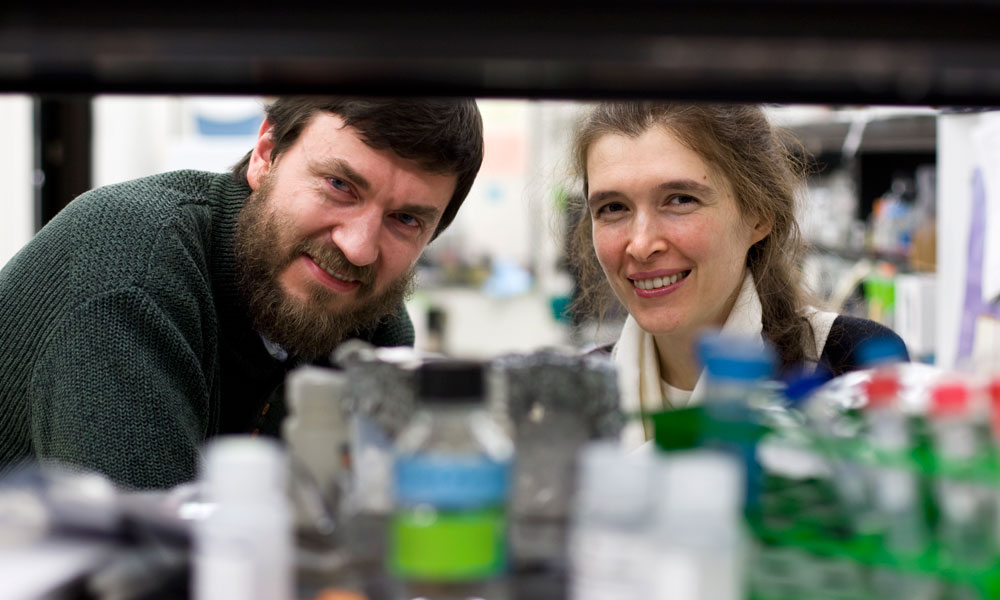
Less effective DNA repair process takes over as mice age, biologists find
Biologists Vera Gorbunova and Andei Seluanov have discovered one reason for the the increase in DNA damage as we age: the primary repair process begins to fail and is replaced by one that is less accurate.
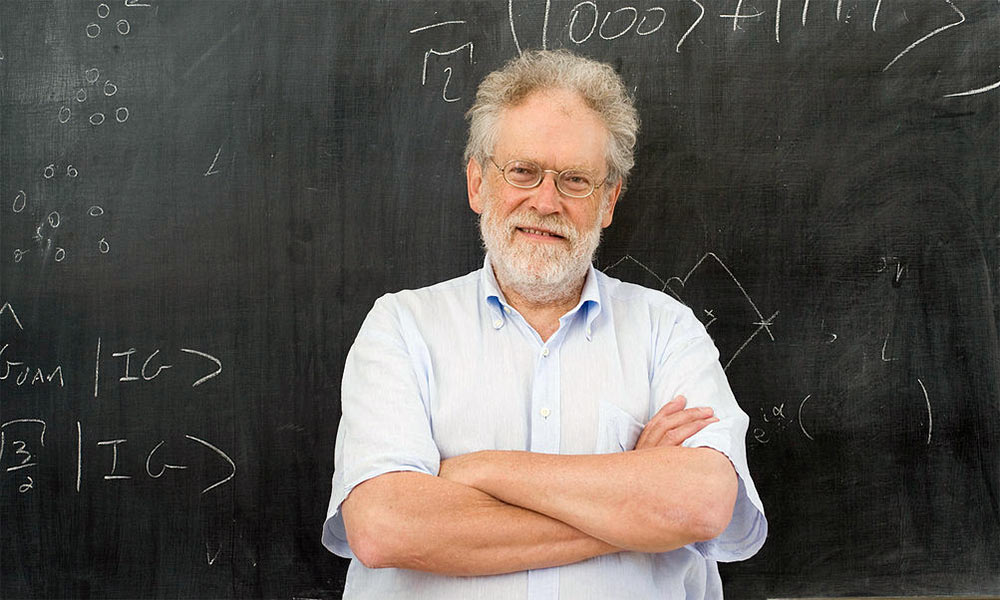
Lecture by world-renowned physicist brings quantum mechanics to the masses
Anton Zeilinger, one of the world’s leading experts in the field of quantum optics, will present a free, public lecture Tuesday at the University of Rochester. The talk is designed to convey the exciting frontiers of quantum mechanics to a general audience.
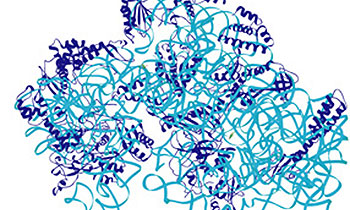
Targeting cells’ protein-making machinery may stop harmful bacteria
For the first time, the middle-steps in the process that creates the protein-making machinery of bacterial cells—called the ribosomes—has been isolated. A new study by biologist Gloria Culver suggests that blocking these pathways may help kill off drug-resistant bacteria.
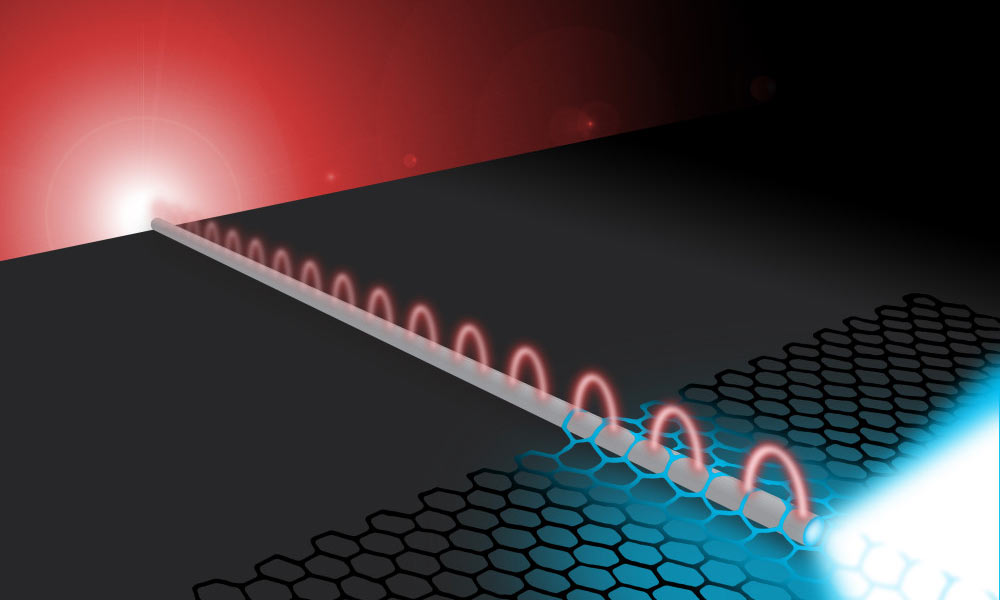
Researchers send electricity, light along same super-thin wire
A new combination of materials can efficiently guide electricity and light along the same tiny wire, a finding that could be a step towards building computer chips capable of transporting digital information at the speed of light.
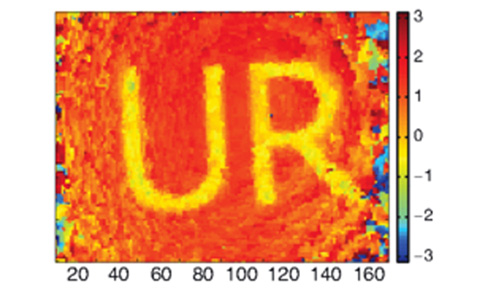
Doing more with less: New technique efficiently finds quantum wave functions
University researchers have introduced a new method, called compressive direct measurement, that allowed the team to reconstruct a quantum state at 90 percent fidelity using only a quarter of the measurements required by previous methods.
